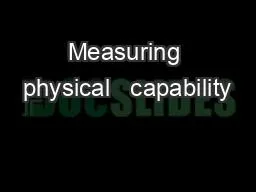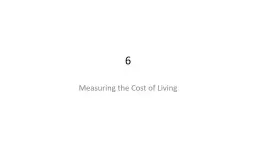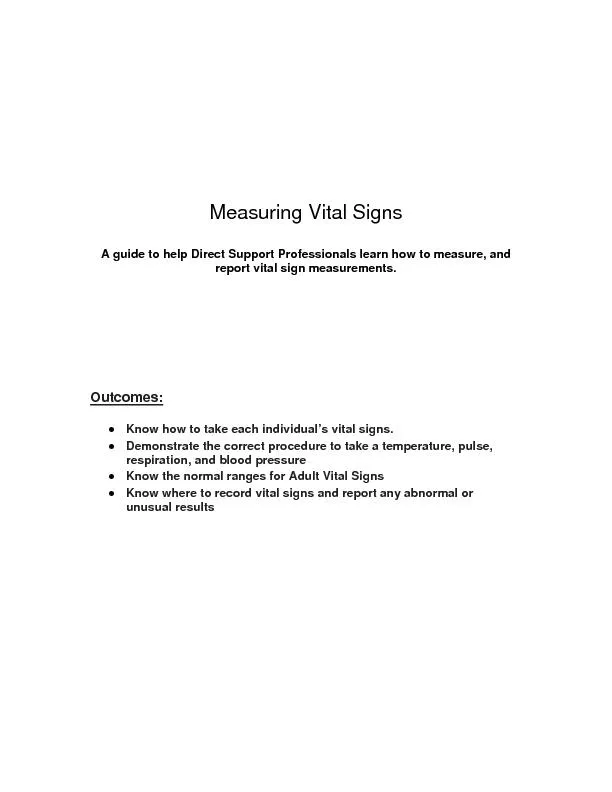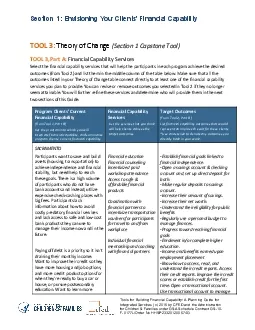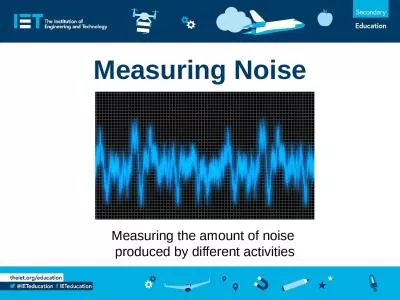PPT-Measuring physical capability
Author : eartala | Published Date : 2020-06-29
Background These slides can be used freely translated and adapted to national use eg concerning the equipment and fieldwork organization However it is important
Presentation Embed Code
Download Presentation
Download Presentation The PPT/PDF document "Measuring physical capability" is the property of its rightful owner. Permission is granted to download and print the materials on this website for personal, non-commercial use only, and to display it on your personal computer provided you do not modify the materials and that you retain all copyright notices contained in the materials. By downloading content from our website, you accept the terms of this agreement.
Measuring physical capability: Transcript
Download Rules Of Document
"Measuring physical capability"The content belongs to its owner. You may download and print it for personal use, without modification, and keep all copyright notices. By downloading, you agree to these terms.
Related Documents

